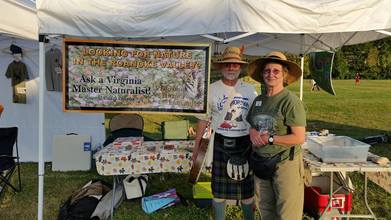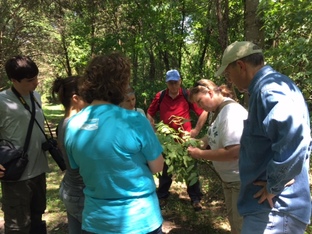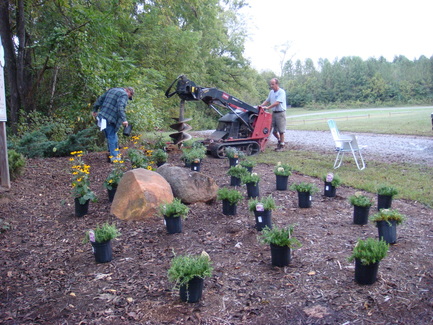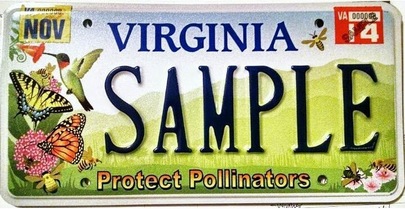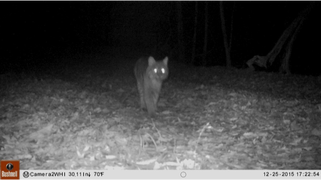From Our Sponsors, Fall 2016
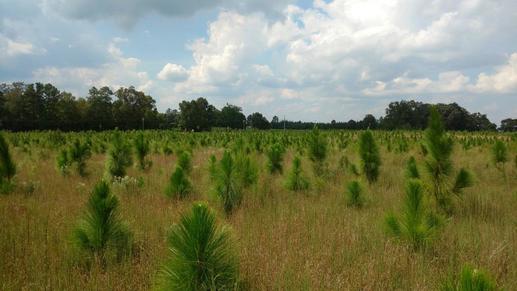 Longleaf pine planting in Sussex County. Image by Virginia Department of Forestry
Longleaf pine planting in Sussex County. Image by Virginia Department of Forestry
By Jim Schroering, VDOF
In the 1600’s, longleaf pine (Pinus palustris) covered approximately 90,000,000 acres of land from eastern Texas to southeast Virginia, and it was probably the most common tree species of Virginia’s Coastal Plain. Maintained by fire, the longleaf pine ecosystem is unique and biologically diverse. Today, due to conversion to other pines, land clearing, lack of prescribed fires and urbanization, there are only approximately 3,000 acres of longleaf pine remaining in Virginia. On those acres, there are fewer than 200 mature, cone producing trees.
The Virginia Department of Forestry (DOF) has partnered with other conservation agencies, including The Nature Conservancy, the VA Department of Conservation and Recreation (DCR), the VA Department of Game and Inland Fisheries (DGIF), the US Fish and Wildlife Service (USFWS), the US Department of Agriculture (USDA), Old Dominion University, Meadowview Biological Center and private landowners, in a concerted effort to reestablish longleaf pine in its native Virginia range.
Research has shown that longleaf pine grown from native Virginia seed sources thrive best in our state. To that end, DOF and DCR recently completed pine cone collections at South Quay Natural Area Preserve in Suffolk. These cones will be shipped to a nursery in North Carolina where the cones will be processed. The seed will be dried, planted in containers and eventually shipped back to Virginia for planting in 2017. Seedlings from cones collected in 2015 will soon arrive back in Virginia to be planted this year in Suffolk, Sussex, Isle of Wight and Southampton counties.
In 2005, DOF established a longleaf pine seed orchard in New Kent County. Eventually, cones from those trees will be collected and those seeds will be planted at Garland Gray nursery in Sussex County. Grafting of scion wood from mature longleaf pine trees onto the orchard stock may speed up the process of cone production. DOF hopes eventually to raise 1,000,000 longleaf pine seedlings each year at Garland Gray, enough to plant 2,000 acres of native, Virginia trees.
As the longleaf restoration program develops, there may be volunteer opportunities for Master Naturalists to assist in pine cone collection, grafting, weeding and outreach. Many of the program partners hold tours and field days on their properties, so you can be a part of history by participating, learning and volunteering in one of the most important ecosystem restoration projects in North America. Here are some websites that may be of interest: DOF Facebook: https://www.facebook.com/ForestryVA/; DCR’s Natural Heritage Program: http://www.dcr.virginia.gov/natural-heritage/; and The Nature Conservancy’s Virginia website:
http://www.nature.org/ourinitiatives/regions/northamerica/unitedstates/virginia/.
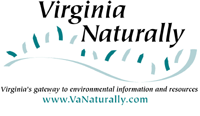 test
test
By J. Michael Foreman, Director, Virginia Office of Environmental Education, VDCR
Some of our Virginia Master Naturalists have been involved with the Virginia Office of Environmental Education (VOEE), attended the statewide environmental education conferences that they organize, or participated in one of the regional environmental education teams with which they partner. Therefore, we want to share with you that the Office of Environmental Education is being eliminated as a budget reduction measure.
The closing date is December 1.
While this is an informational piece to all of you, it is also an appeal for continued progress. We must not lose the ground we have gained. Our staff here has been successful moving environmental education forward in the Commonwealth. Our national analysis 2 years ago showed successful states had the following combination of programs and policies. First, they had state support. Second, a not for profit entity to create opportunities, advocate for issues and provide professional development. Third, there existed some sort of certification to provide a consistent basis for teaching content and pedagogy. Inherent is the collaborative relationship with each state’s Department of Education. Virginia was on its way toward those success metrics. Also, please remember the OEE is listed in the Code of Virginia under Section 10.1.
Many of the pieces of this progress will fall away as we are eliminated. Programmatic areas/topics such as Virginia Naturally, Adopt-a-Stream, professional development and training, our Collective Impact Reporting function, support of the newly-formed Virginia Association for Environmental Education (VAEE) and continued participation/support of the Virginia Resource Use Education Council (VRUEC), our march toward a credible and nationally-leading EE Professional Development Certification Program to name a few will probably not be supported in the same way as it has been. We will have the list of what is being kept and worked on by the Agency by the December 1st date.
Here is our appeal. The EE profession needs you to consider stepping up individually, as an academic institution, as an organization to incorporate these programs or pieces of programs. We are sure there are differing priorities among our stakeholder base. While we may not agree on every aspect and how to move forward, to have our Office go away and the rest of us not consider what is left and moving forward would be disheartening. Additionally, this would not help our Commonwealth’s citizens be better stewards of the environment we all cherish.
Practically speaking, our annual EE conference scheduled for mid-November will proceed as planned.
Again, our deepest thanks for your work efforts and sharing through these years. We’ll see everyone soon.
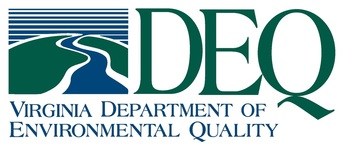
Restoring or improving water quality in Virginia’s rivers and streams is one of the agency’s top priorities. This is accomplished through water quality monitoring, assessments of the water quality data to identify impaired waters, and a number of regulatory and non-regulatory, incentive-based approaches to restore water quality. Success occurs when impaired waters have been restored or exhibit great improvements because of the implementation of pollution controls. A map and summary of some 20 success stories illustrating a long-term commitment to partnerships among local, state, federal and private stakeholders in Virginia is now available to view.
Improvements to water quality are also made possible through the Virginia Clean Water Revolving Loan Fund. The Fund provides low-interest loans to local governments for needed improvements at publicly-owned wastewater treatment facilities and/or collection systems. The Fund now includes agricultural best management practices, Brownfield renewals, living shorelines, land conservation, stormwater and other water quality improvement projects. The State Water Control Board will be meeting in December to determine the final project list of loan recipients for water projects. Here is the draft Project Priority List for funding. DEQ, on behalf of the State Water Control Board (SWCB) administers the program and the Virginia Resources Authority serves as the financial manager.
The annual 2016 water monitoring plan is now available to view. The plan summarizes the water quality monitoring activities conducted at more than 1,000 sites each calendar year, from 1 January to 31 December and contains detailed information on DEQ’s monitoring activities including the station locations, specific conditions, frequency of monitoring and costs. A station list by county identifies the specific sample site of each station including important data helpful when using U.S. Geological Survey topographic maps or state watershed boundary maps. DEQ’s efforts are supplemented through the work of citizen monitors, including a number of VMN chapters.
From Our Sponsors, Fall 2016 Read Post »

